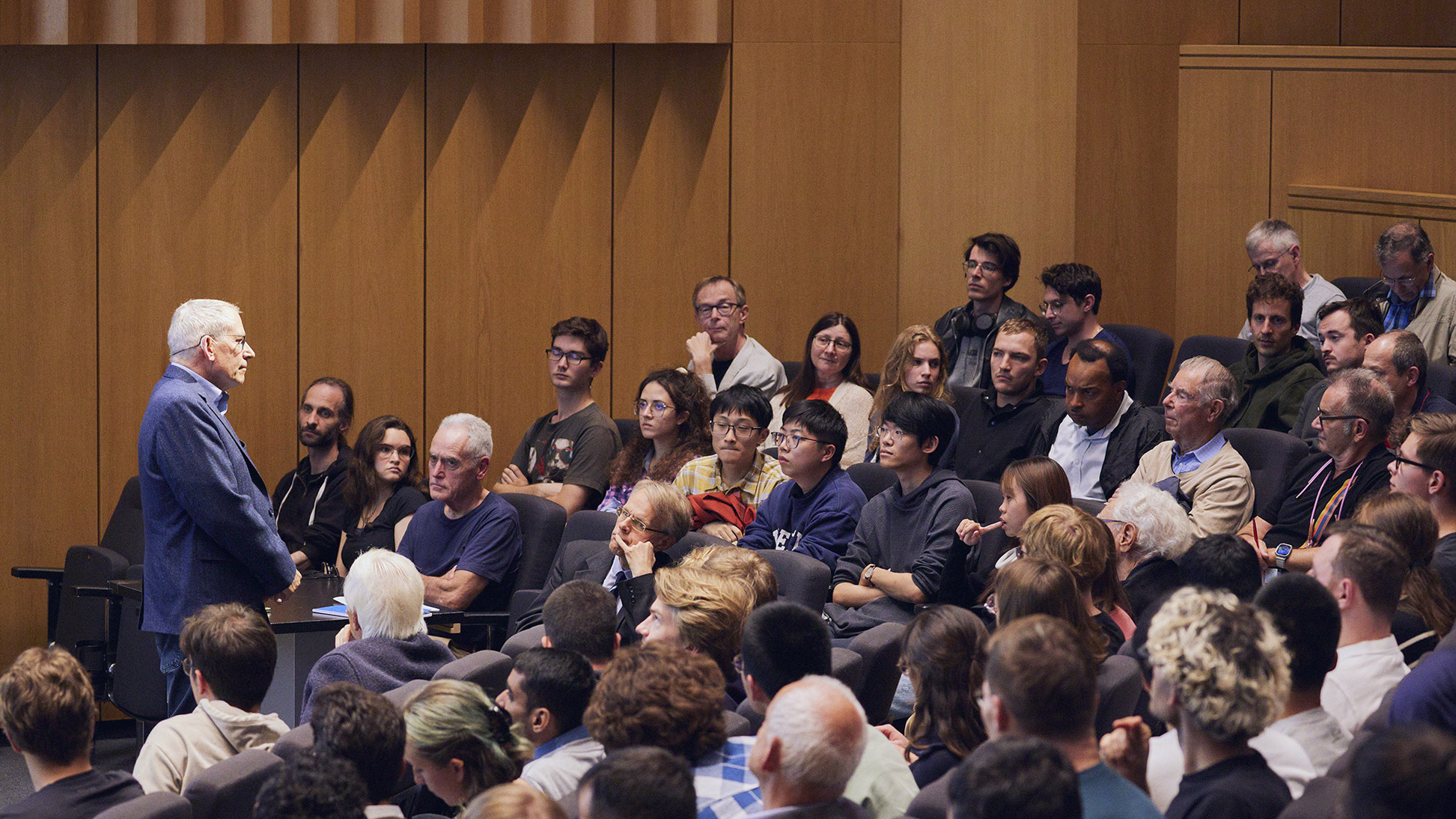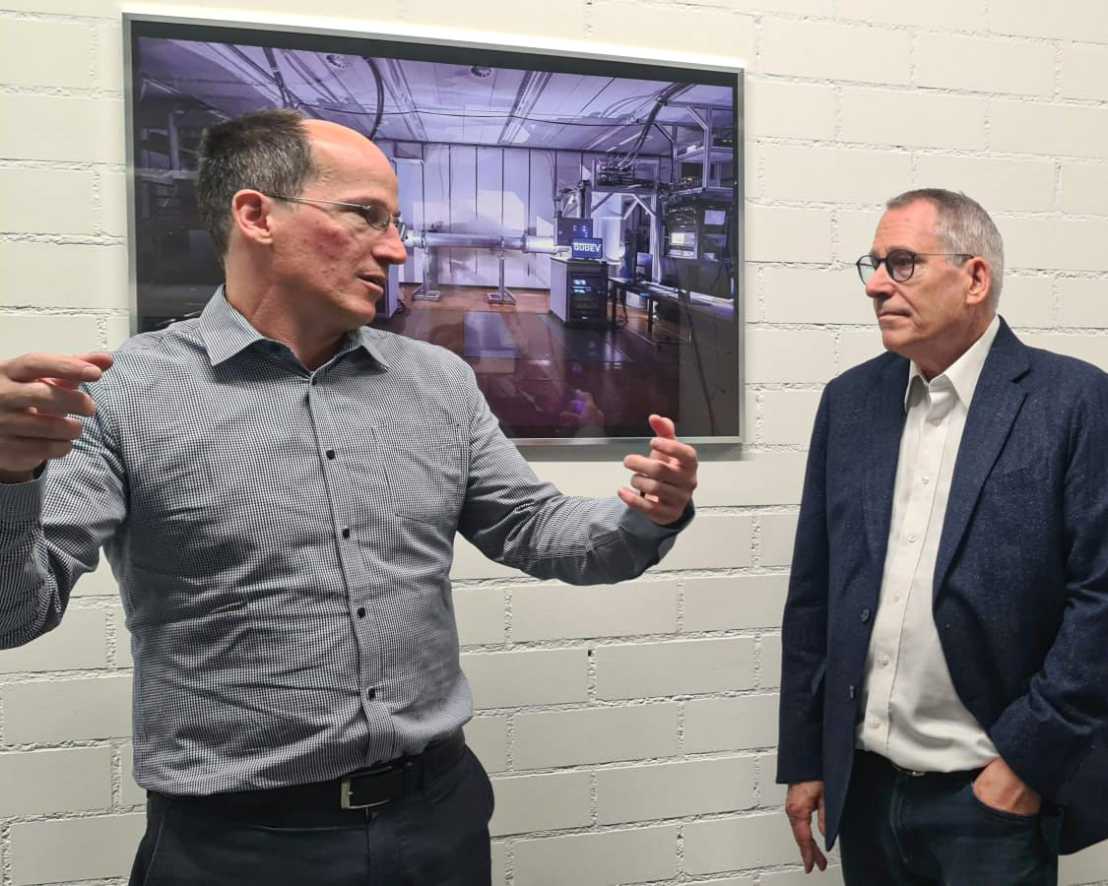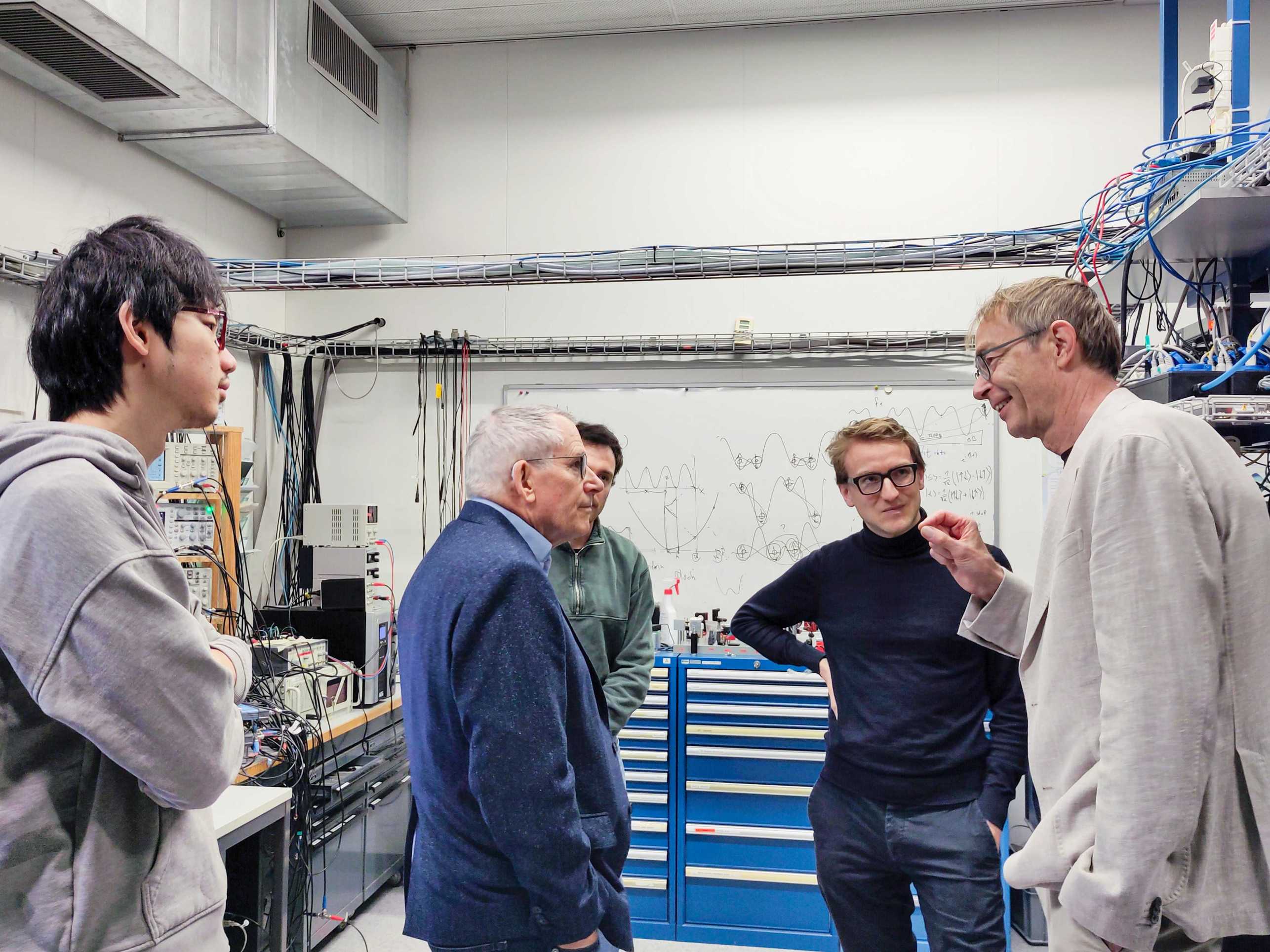A noisy, intermediate-scale and fun quantum endeavour
For this year's Wolfgang Pauli Lectures, John Preskill offered a crash course on quantum information science, from entanglement to error correction for quantum computing.

"Today, if you want to impress someone at a party you should say you're a quantum scientist," joked Professor Renato Renner as he stood at the lectern to introduce the speaker of this year's Wolfgang Pauli Lectures, Professor John Preskill from the California Institute of Technology. As Renner observed, quantum science and technology may be attracting wide interest and a great deal of hype at the moment, yet this wasn't the case in the nineties, when Preskill moved from high-energy physics into the developing field of quantum information. At the time, it may have seemed like a bold move for a theoretical physicist: some hesitated to view the field as a branch of physics, and nobody quite knew what a quantum computer would resemble. Preskill's turned out to be a successful decision, however, as he broke new ground in areas such as quantum cryptography and quantum error correction.

In his public lecture, Preskill explained how harnessing the unique features of quantum information for practical purposes rests on three pillars: the first is quantum entanglement, which a puzzled Einstein called "spooky action at a distance", the second is quantum computation, and the third is error correction. The latter is crucial, because any quantum computer – no matter how powerful – must deal with decoherence, which corrupts the quantum information stored in the system and causes computational errors that stand in the way of achieving quantum advantage over classical computers. Error correction addresses the threat of decoherence by encoding quantum information in large entangled systems. Fully fault-tolerant quantum computing is a long-term goal in the field; at the moment, researchers develop what Preskill dubbed noisy intermediate-scale quantum (NISQ) technology where qubit numbers are still limited, errors still plague computations, but quantum advantage can already be explored.

During his time at ETH Zurich, Preskill met with several members of the department and visited the laboratories of Professor Andreas Wallraff and Professor Tilman Esslinger.
Wallraff gave a tour of the large-scale setup – featuring a 30-metre-long tube cooled just above absolute zero – used by his Quantum Device Lab team to demonstrate a loophole-free Bell test with superconducting circuits.
In Esslinger's Lattice Lab, where a degenerate Fermi gas of potassium atoms in an optical lattice makes it possible to study a rich variety of physical phenomena, Preskill was shown the experimental setup of the longest running Hubbard model and discussed with the team what it takes to operate and maintain such a unique system.

Preskill acknowledged the challenges posed by quantum information science as theorists and experimentalists strive to tap into its potential. He thinks it's an endeavour that will require decades of efforts and investments: he doesn't expect it to be fast or straightforward, but he reckons it will be fun. Preskill's visit was especially timely, as preparations get underway to celebrate the external page International Year of Quantum Science and Technology in 2025.
The Wolfgang Pauli Lectures are an annual lecture series devoted alternatingly to mathematics, physics and biology. The lecture series is named after theoretical physicist and Nobel laureate Wolfgang Pauli, who was a professor at ETH Zurich from 1928 until 1958.
More information can be found on the webpage of the Wolfgang Pauli Lectures.